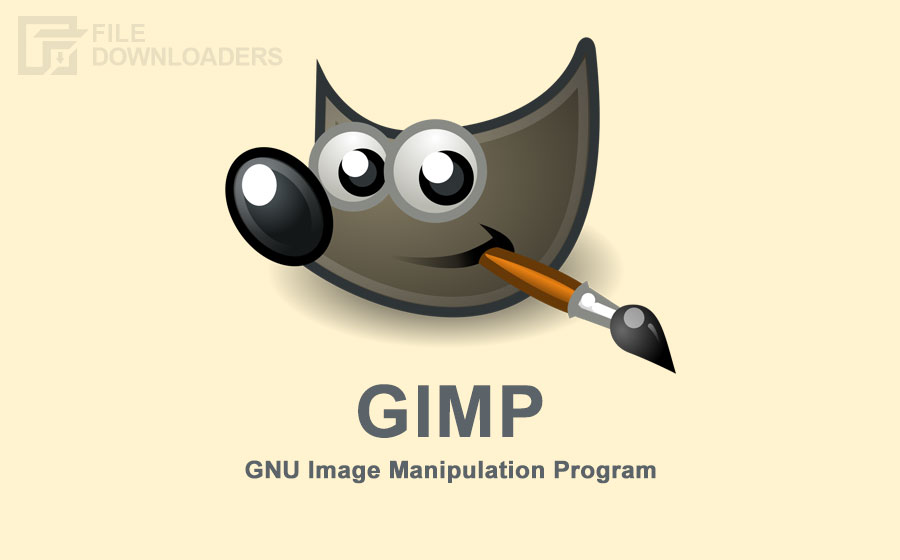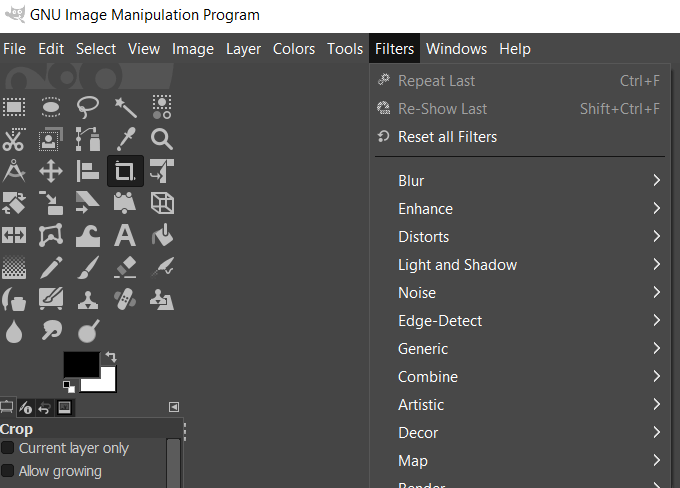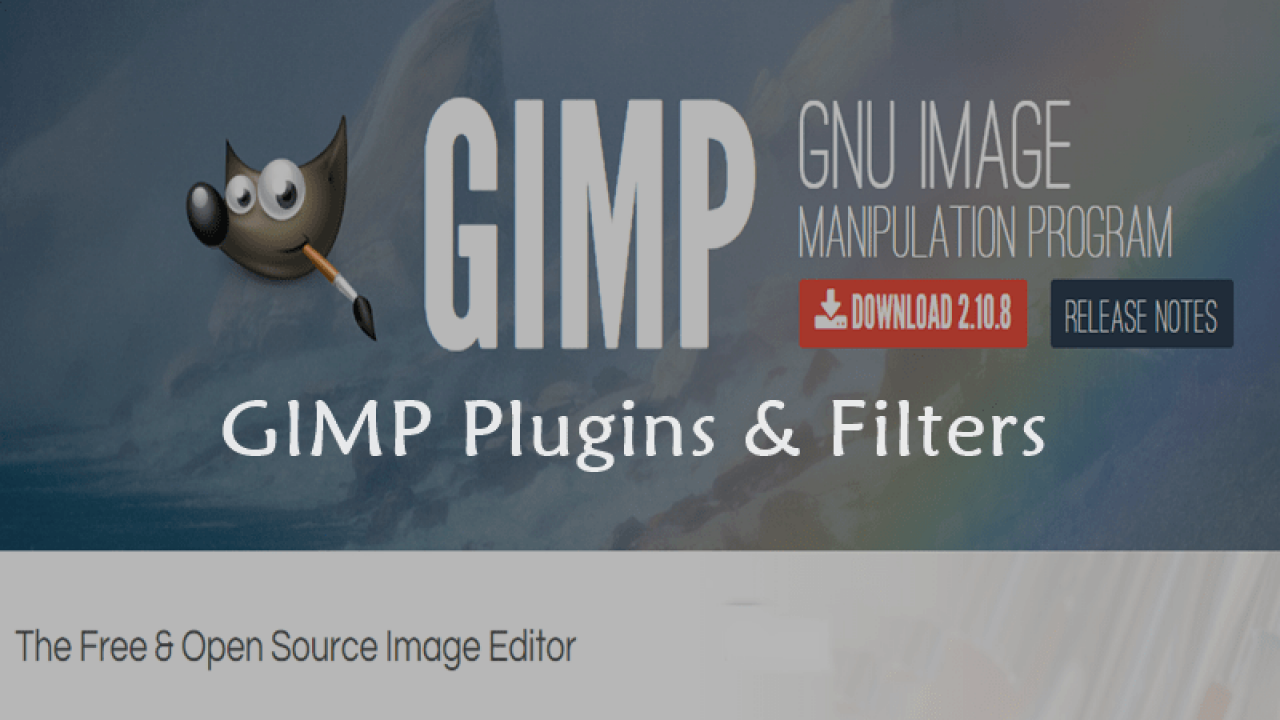
Placed on the sphere the result is a little cleaner due the pinched polar areas, but still far from the ideal: The image should contain sharp rectangles. As a photo this could be quite high resolution, but for this it's too coarse - as you see, polar areas are fuzzy. The numbers reflect the dimensions W=3000, H=1500. This is the stretched image and the stretching dialog in Affinity Photo: This is for bidirectional stretching, one directional stretching has nearly same formula, only replace (W-1)/2 with (W-1). W and H are the image size in pixels, the coordinates are assumed to have ranges from 0 to (W-1) and (H-1). The mapping takes content to point (x,y) in the stretched image from unstretched image point (x',y'), where y' =the same y and x' =(W-1)/2 + (x-(W-1)/2)cos(Pi(y-(H-1)/2)/(H-1)). The stretching is possible in programs which have mapping with custom equations. Parallels in unstretched image are the same as in the stretched image, but meridians are differently scaled cosine curves: The practical drawing onto the green area is extremely difficult, because only very small items do not get distorted.ĭrawing can be helped with lines which will become horizontal and vertical in the stretched image and present meridians and parallels on the globe map. In both cases the total stretching is the same (=nothing at the equator, one point to whole image width at the poles). If you do the stretching to both directions, the job can seem subjectively easier: The exact form of the edge of the green area is a half cycle of cosine curve (it's the same as sine curve, but shifted) If you insert the items into green area, cut it to small horizontal slices and stretch every green part as wide as the rectangle, you have the wanted equirectangular image. The green area shows how much room you have: In theory you can draw without stretching and with mathematical transform you can create the stretched image. Small items on the equator could be drawn as is without error. Single points, the north and south poles will fill alone the top and the bottom edges of the rectangle. The more stretching the further the item is from the equator.

But horizontally you must stretch the items. Put the items into the rectangle, but you must decide the right scaling.

You want obviously draw space dust, stars and maybe some imagined planets, too. You "simply" take a rectangular area which is 2 times as wide as it's high.

Your VR system will map it onto a sphere like in the left and the system user watches it sitting in the midpoint of the sphere. You want to draw an image which is distorted like the right one. These Wikipedia images should make it clear: Hope this helps more than my tone-deaf ignoring of your system requirements! So looks like there is a GIMP plug-in called Panorama GIMP Plug-in which should help you with this in GIMP - and if that doesn't do it, Joojaa is right that there's a workflow using GIMP & Blender which can handle this pretty well, and is well documented out there bot in video tuts and written docs. Well whoooops the - I missed that OP very clearly asked for Linux and open-source. If you need a quick demo of someone working in that view - here's a YouTube link to a quick tut on doing brush-based touch up work in an equirectangular projection: You select the target layer, and then go to the menu: Layer>Live Projection>Equirectangular:Īnd this is what you then see, only it's live-pannable, and you can work in it:Īnd just to show this should work for painting skies, I quickly droppedin a black fill layer, fired up the Xenon Astro brushes and got this quick result:

Instead of starting blank slate which would be hard for you to tell was an equirectangular 360, I'm loading one I did for a client some time back - this the image loaded but not projected:
INSTALLING FLEXIFY 2 INTO GIMP INSTALL
I will address method in Affinity as I have that on hand here, and am embedded at a client site where I cannot install plugins so can't address the Photoshop method - but I know there are dozens of tuts out there.
INSTALLING FLEXIFY 2 INTO GIMP SOFTWARE
I'm going to give a graphics software answer here, which is in a different direction than all these - both Affinity Photo and Photoshop support 360 equirectangular painting Photoshop you'll want a 360 VR plugin like Flexify - Affinity Photo supports this natively.


 0 kommentar(er)
0 kommentar(er)
